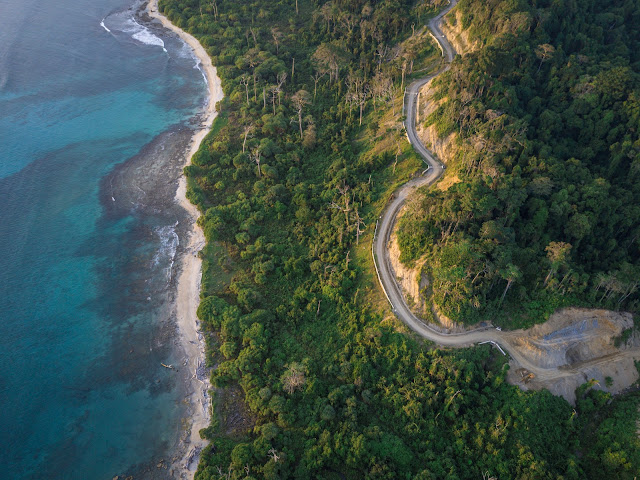- No humans are allowed on Snake Island and with good reason. It has about one deadly snake per square foot.
- About 25 miles off the coast of Brazil, there is an island where no local person would ever dare to walk. Legend has it that the last fisherman who strayed too close to its shores found him dead a few days later in his own boat, in a pool of blood.
- The mysterious island is known as Ilha da Queimada Grande, and it is so dangerous to actually set foot there that Brazil has made it illegal for anyone to go. The threat on the island comes in the form of golden lancehead snakes - a species of pit viper and one of the deadliest snakes in the world.
- Lionshead can grow to over a foot-and-a-half and it is estimated that there are between 2,000 and 4,000 snakes on the island, which is surprisingly known as Snake Island. Lanceheads are so poisonous that a human can be cut off within an hour.
- Snake Island is now uninhabited, but people lived there for short periods until the late 1920s, when, according to legend, the local lighthouse keeper and his family were killed by vipers who slipped through windows. Today, the navy periodically visits the lighthouse for maintenance and ensures that no adventurer is wandering too close to the island.
- Another local legend claims that the snakes were originally introduced by pirates to protect the treasure buried on the island.
- In fact, the appearance of the Viper is the result of rising sea levels - a less exciting origin story than definitive pirates, but it is still interesting. Snake Island used to be part of the Brazilian mainland, but when sea level rose 10,000 years ago, it separated the landowner and turned it into an island.
- The animals isolated on the Queimada Grande evolved mainly during the millennium from those who were exclusively Golden Lanceheads. Since the island's vipers had no prey but were birds, they evolved to have extra powerful venom, so that they could kill their bird almost immediately. Local birds are about to be caught by many hunters who catch Ilha da Qaimada Grande and snakes, instead of relying on birds that visit the island to rest as food.
- Lancehead snakes, which are the mainland cousins of the Golden Lanceheads, are responsible for 90 percent of all snake bites in Brazil. The bites of their golden relatives, whose poisons are five times more potent, are actually less due to their island isolation. However, such an encounter is more likely to be fatal if it occurs.
- There are no fatal figures of Golden Lanceheads (since the only area they inhabit is cut off from the public), however, there is a seven percent chance of death if someone is regularly bitten by Lancehead if untreated. Treatment also does not guarantee that a lancehead bite victim will be saved: there is still a 3 percent mortality rate.
- It is hard to imagine why anyone wants to go to a place where a painful death occurs every few feet.
- However, the deadly venom of the viper has shown its ability to help combat heart problems, leading to some reduction in the demand for black marketing of venom. For some lawgivers, the greed for money is enough to put certain death risks on Ilaha da Qaimada Grande.
Thanks for reading our article:











0 Comments:
Post a Comment